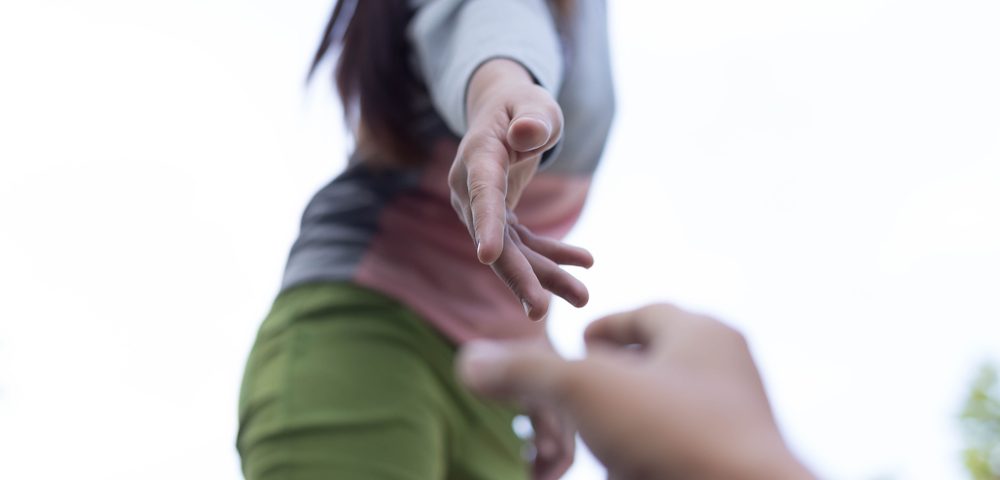Children With CMT Experience More Frequent and Severe Falls Than Healthy Peers, Study Suggests

Children and adolescents with Charcot-Marie-Tooth disease (CMT) fall approximately 33 times more than their peers with normal development, sustaining more injuries when they fall, a study reports.
The study, “Falls in paediatric Charcot-Marie-Tooth disease: a 6-month prospective cohort study,” was published in the journal BMJ.
CMT patients develop lower limb weakness, starting from childhood and progressing as they get older.
Accordingly, almost 50% of children and adolescents with CMT retrospectively report daily trips or falls. In particular, CMT patients with gait and/or balance problems have an increased risk of falls.
In adults with neurological conditions, falls are frequently investigated. However, when it comes to pediatric patients, reports in literature tend to focus on falls due to non-gait cases, such as falls from height.
Because no prospective studies have investigated falls and clinical indicators of falls in children and adolescents with CMT, researchers set out to compare the frequency, cause, and consequences of falls between these patients and typically developing (TD) children over a period of six months.
Researchers hypothesized that children with CMT fall more frequently than TD children, and that the higher frequency would be associated with greater weakness, worse balance, and greater gait dysfunction.
The study included 60 children and adolescents (30 with CMT and 30 TD) between 4 and 18 years old.
Results indicated that 22 children with CMT reported falls at least once in six months compared with eight TD children.
Next, researchers investigated the details regarding 242 individual falls, 216 that involved CMT patients and 26 involving TD children. Of these cases, 74 falls (34%) involving 17 children with CMT resulted in injury, compared with only three falls (12%) reported by two TD children causing injury.
Falls mostly commonly resulted in cuts and grazes, followed by bruises, sprained or painful ankles, and superficial head injuries. None of the participants experienced fractures or required hospitalization.
However, 12 injuries from falls sustained in children with CMT required management by a healthcare professional. Conversely, none of the falls recorded in the TD group required medical attention.
In both groups of children, the main cause of falls was tripping.
Age was found to be the strongest predictor of falls in all children, with those younger than 7 in both the CMT and TD groups reporting falls. As patients grew older, their likelihood of experiencing a fall decreased. Balance was found to be the strongest impairment-related predictor of falls.
According to a conservative estimate, the risk of falls in children and adolescents with CMT was 33 times higher than their TD peers.
Results from the study suggest that children and adolescents with CMT fall more frequently than TD children, and that they sustain more injuries when they fall.
“Greater awareness of factors that lead to falls may assist children and families to predict and prevent falls,” the researchers said. “Exercise intervention trials to improve balance, strength and function are required to investigate impact on falls reduction.”





